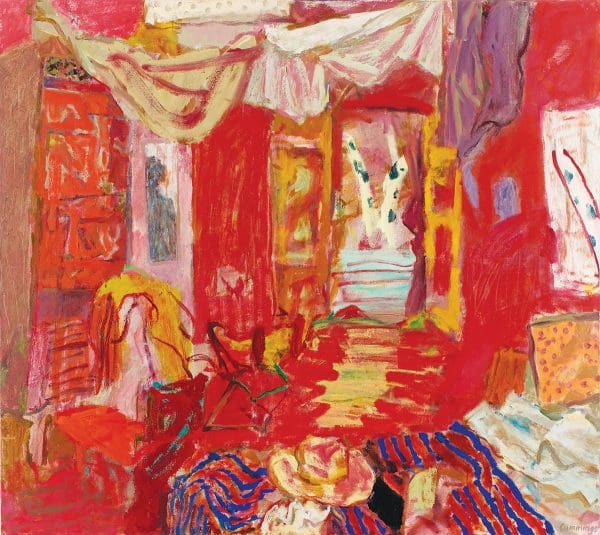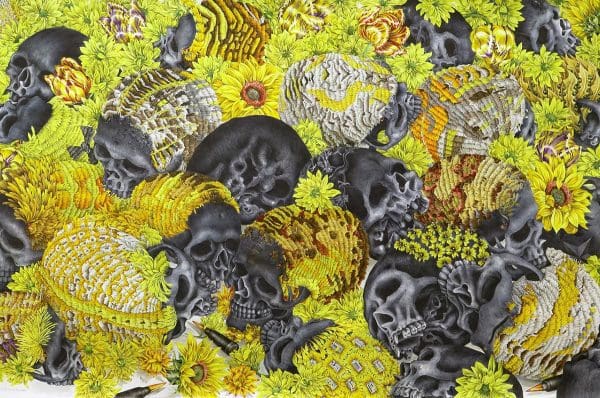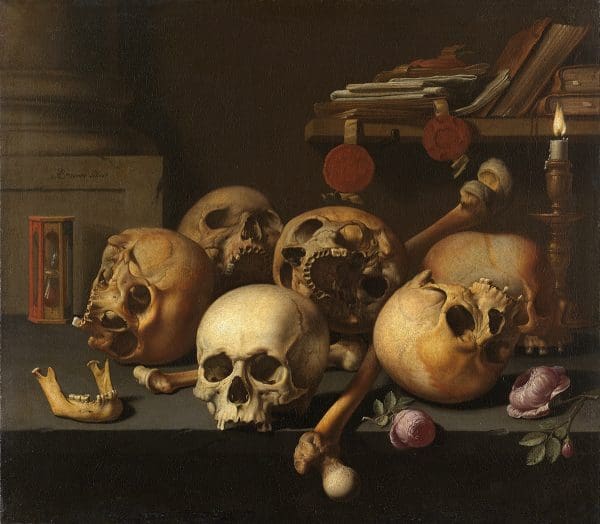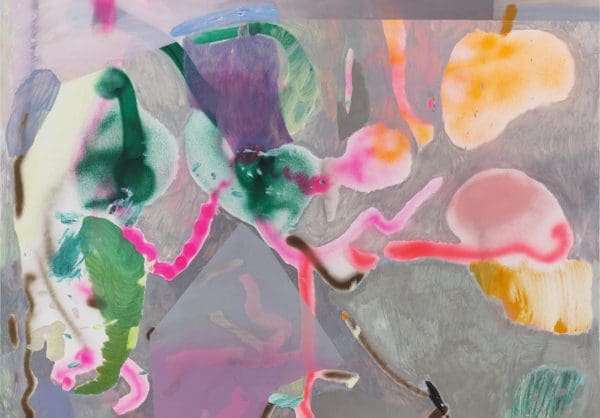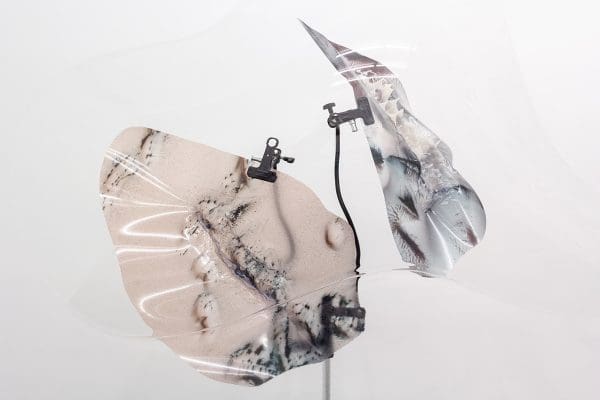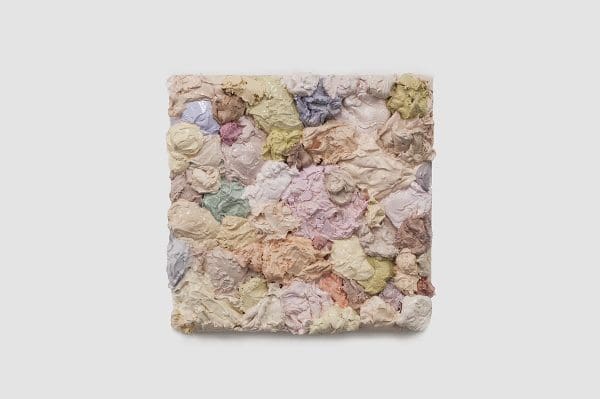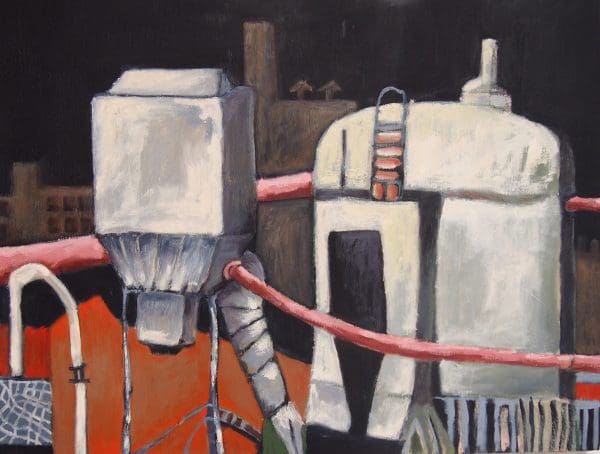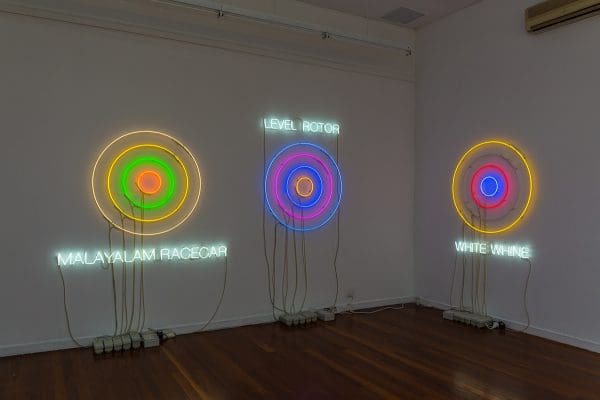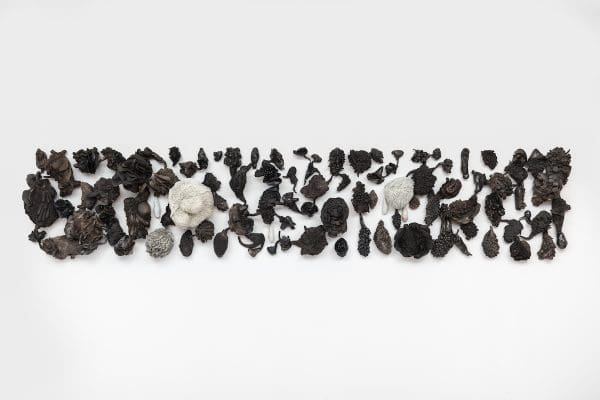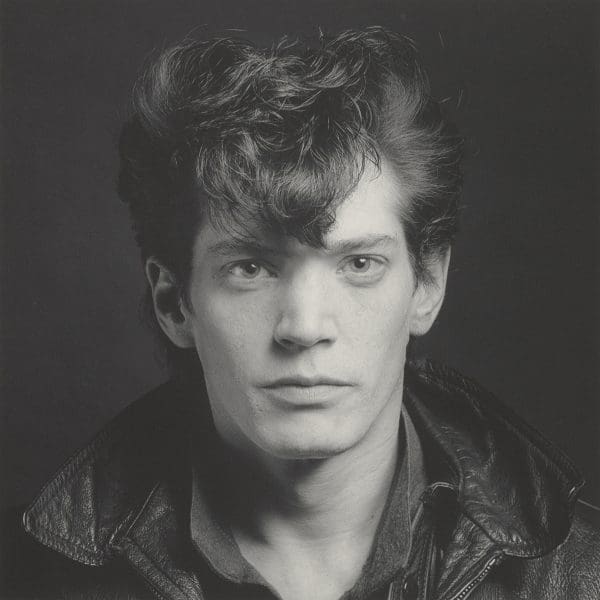
Amalia Pica
Amalia Pica was born in Argentina and is currently working in London. Her exhibition at the IMA is to be presented in two parts, but her first solo in Australia is not the beginning of her relationship with Brisbane.
Amalia Pica was born in Argentina and is currently working in London. Her exhibition at the IMA is to be presented in two parts, but her first solo in Australia is not the beginning of her relationship with Brisbane.
Elisabeth Cummings: Interior Landscapes, curated by Sioux Garside, will survey over 40 years of the artist’s practice, combining work over several generations, from both private and public collections.
Romancing the skull at the Art Gallery of Ballarat explores the ongoing visual appeal of the human skull, showing works from the Middle Ages to now.
“Rembrandt and Vermeer are the artists everyone knows,” says Raissis. “But no doubt there’ll be lots of surprises, like the female painter Rachel Ruysch, whose floral still lifes are astonishing demonstrations of technical wizardry.”
Miranda Skoczek’s abstract paintings evoke old walls with layers of forms and shapes that emerge over time.
Curated by Andrew Varano, Remedial Works presents six artists who regulate and remediate, invoking an armoury of talismanic products and wellness strategies.
End of year graduate exhibitions are a heady mix of celebration and contemporary art perusing.
Bringing together artist run initiatives (ARI’s) from Australia and New Zealand, Hobiennale (HB17) aims to celebrate and strengthen their place in the art ecosystem, and add another dimension to Hobart’s art scene.
Standing in front of Leora Sibony’s Industrial Relations at Lismore Regional Gallery it is hard not to be reminded of some of the Dada-infused German art of the 1920s.
Bronze trees on a pallet, neon targets, stuffed birds, and contemporary daguerreotypes all appear in Not Niwe Not Nieuw Not Neu at 4A Centre for Contemporary Asian Art.
Juz Kitson’s latest exhibition, Shifting Manifestations at GAGPROJECTS, extends her ongoing exploration into both elegance and abjection.
With a practice steeped in controversy, Robert Mapplethorpe’s work is crisp, often confronting, and occasionally revelatory.
